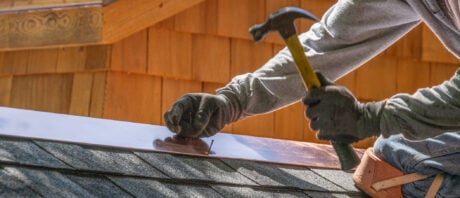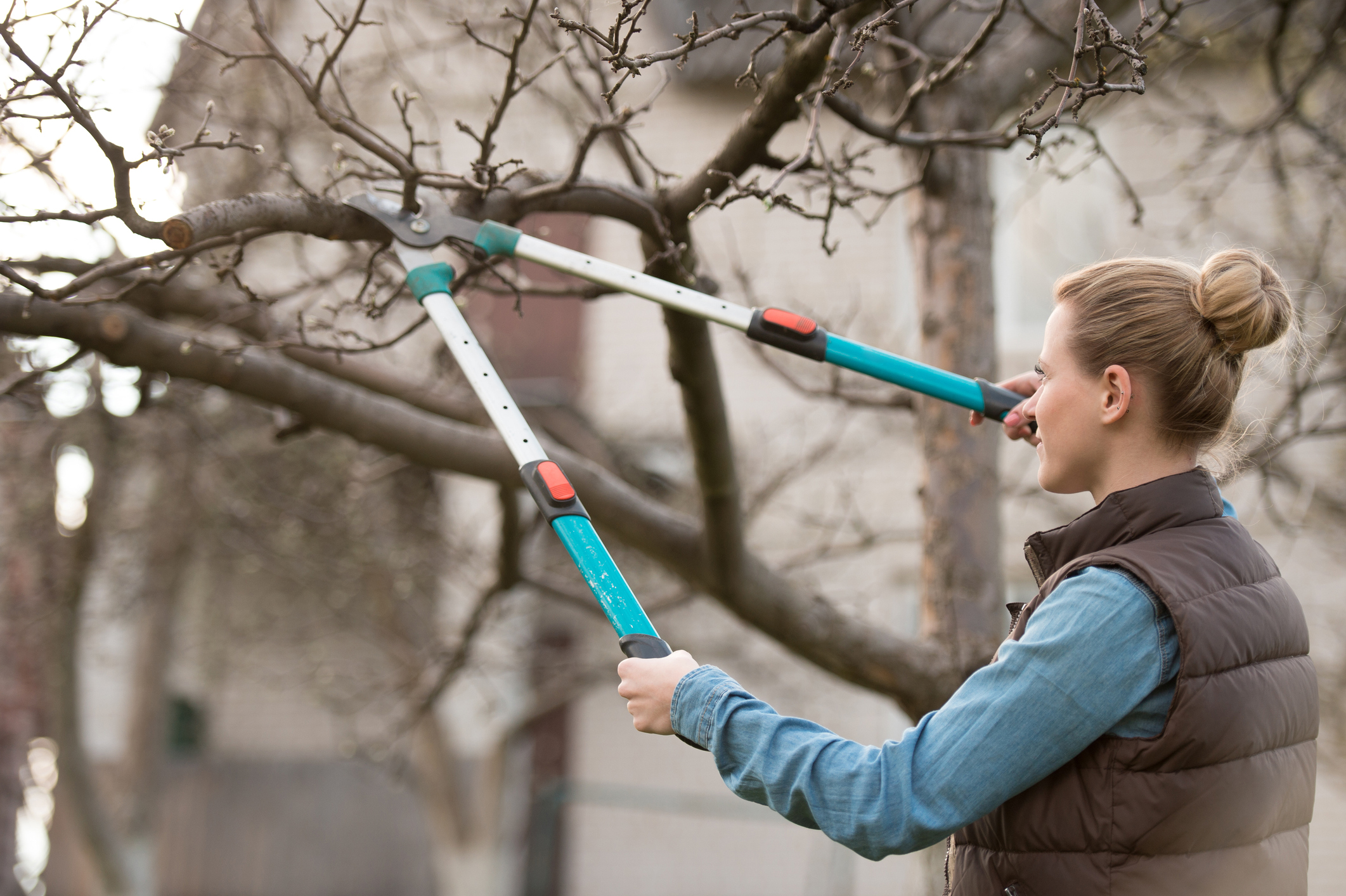Wildfires around the world are growing in strength and number, causing significant devastation and loss. And as more development occurs in wildland-adjacent areas, there’s a heightened risk that more homes (and people) will be in the path of catastrophic blazes.
Take 2023 as a stark example.
More than 18 million hectares burned across Canada during last year’s wildfire season compared to just 1.4 million hectares in 2022, according to the Canadian Interagency Forest Fire Centre (CIFFC).
The monetary damage from these wildfires was astronomical, too. Wildfires accounted for nearly $1 billion of the total $3.1 billion in insured losses from natural disasters in 2023, the Insurance Bureau of Canada reported.
With wildfire season approaching again soon, fire safety experts recommend that homeowners take action now to protect their homes via a practice known as home hardening, which creates a defendable perimeter around your property.
7 tips to protect your home from wildfires
The first line of defence to protect your home against wildfires is creating a fire-resistant perimeter, says Quentin Spila, technical coordinator with FireSmart Canada, a program that operates under mandate from the Canadian Interagency Forest Fire Centre (CIFFC).
A fire-safe perimeter consists of three key areas within the home’s ignition zone: the immediate zone (the house itself and up to 1.5 meters around it); the intermediate zone (out to 10 meters from your home); and the extended zone (10 to 30 meters from your home).
Here are seven ways to create a fire-resistant perimeter around your home.
1. Clean up debris
Get rid of any combustible materials within 10 meters of your home, including dead leaves, firewood piles, flammable landscaping (mulch) or fallen branches, and keep this space clear year-round.
“We see the estimates that around 50% to 90% of homes are ignited not directly by the flames, but by embers … basically smoldering, little firebrands that can travel hundreds of meters. If you have a pile of dry leaves somewhere and some embers land, you start the fire right at your house, so your whole defensible space is kind of useless,” says Dr. Felix Wiesner, an assistant professor in the Faculty of Forestry with the University of British Columbia..
2. Avoid flammable landscaping
Mow your grass short (below 10 centimeters) and keep trees trimmed at least two meters above the ground. If you’re in the market to redo your landscaping, consider xeriscaping alternatives like rock gardens, native, low-height shrubs or succulents.
3. Check your roof, gutters and eaves
Asphalt and cedar shingles are highly flammable. Consider replacing them with fire-resistant metal or concrete tiles, or a tin roof, Wiesner recommends. Clean all debris and leaves off your roof, eaves and gutters, too.
4. Install fire-resistant siding
Most house siding is made of wood or vinyl, which is highly combustible. Instead, consider stucco, brick or cement, Spila says. In some cases, building codes might require specific fire-resistant materials, such as fibre cement siding, in newer developments to limit the potential for structure-to-structure fire spread given how close together homes are built, Spila notes.
Wiesner points out that people who live in wooded areas may prefer natural wood materials, but they should look into different wood species and their respective flammability properties to choose a species that’s less flammable.
5. Upgrade your windows.
The biggest risk for your windows is flying embers igniting screens. Install tempered, double-paned or glazed windows with metal screens that will block embers. For added protection, especially if you live in an area prone to wildfires, fire shutters are an extra, but worthwhile investment.
6. Look at your decking.
If you have a wood deck and it’s due for replacement soon, switch to fire-resistant treated wood, if possible. Also, clear out debris from beneath your deck and install a metal grate to prevent embers (and debris) from getting underneath your home.
7. Clean out your shed.
Protect sheds, garages and other outbuildings with the same perimeter spacing as your home. Avoid storing flammable chemicals (like propane or gas tanks) in these structures.
Why home hardening is necessary
As climate change accelerates, research shows that Canadians will see more frequent — and more intense — wildfires in the coming years.
According to an Imperial College London study of the 2023 wildfires in Eastern Canada, the severe activity was a “moderately extreme event” that occurs roughly every 20 to 25 years.
“Climate change made the cumulative severity of Québec’s 2023 fire season to the end of July around 50% more intense, and seasons of this severity at least seven times more likely to occur,” the study found.
Additionally, peak fire weather of last summer is about “twice as likely” in the future, with 20% more intensity because of human-induced climate change, according to the study.
As more homes are built outward into the wildland urban interface, the risk goes up for more wildfires, too, says Wiesner.
Wildland urban interfaces are areas where housing and other human development meets the natural environment. Both areas have fuel that can help wildfires spread.
“We do see more intense wildfires and higher wildfire losses, statistically; not only in Canada but also in the U.S.,” says Wiesner, an expert in fire safety engineering. “There’s more structures in the wildland urban interface, but also we do see higher temperatures…and more severe conditions.”
Get more in-depth guidance on fire-proofing your home
FireSmart Canada offers the “Begins At Home” mobile app that walks homeowners through assessing how fire-safe their home is and provides recommendations and tips for improvements.
For homeowners who want to take fire safety a step further, the organisation offers free, in-person home assessments with a dedicated FireSmart liaison, Spila says. The liaison will make specific short- and long-term recommendations on property improvements to better protect your home from wildfires.
Homeowners in British Columbia have access to an even more comprehensive assessment called the FireSmart Home Partners Program. After making improvements to harden your home as recommended by a trained fire safety professional, the professional will come back to verify the improvements and provide you with a certification letter.
“Homeowners then have the ability to take that to their insurance [company] and potentially get a rebate,” Spila says.
DIVE EVEN DEEPER

Beat the Heat: 8 Ways to Prep Your Home for Extreme Hot Weather
Don’t let a heat wave turn your home into an unsafe space.

These Upgrades May Shrink Your Home Insurance Costs
Upgrades like a new roof, security system or water alarm make your house safer and less susceptible to damage — and may result in lower home insurance premiums.

How to Protect Your Home, Health When Air Quality Is Bad
Wearing a mask when outdoors, adding weatherstripping to windows and doors, and using HEPA filters are ways to minimize the impact of poor air quality.

4 Renovations That Boost Home Value (And How to Do Them for Less)
Updating your kitchen, bathroom, windows and front door can positively impact home value. Here are tips for renovating on the cheap.
